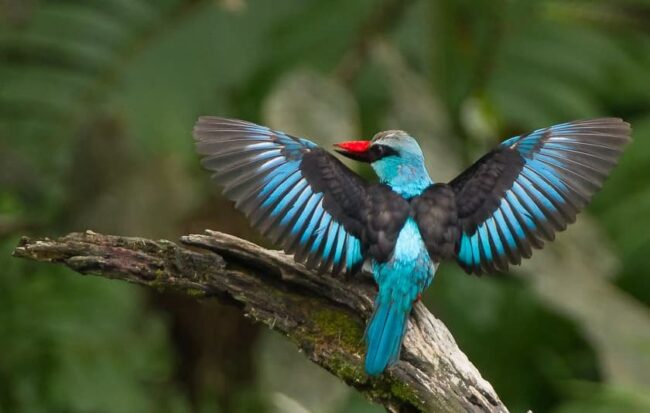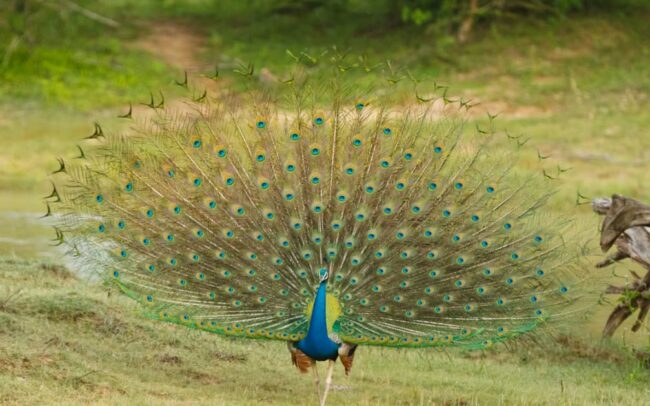The blue-capped tanager (Sporathraupis cyanocephala) is a stunning bird found in Bolivia, Ecuador, Peru, Venezuela, and Trinidad and Tobago. It is a large tanager, measuring about 18 cm in length.
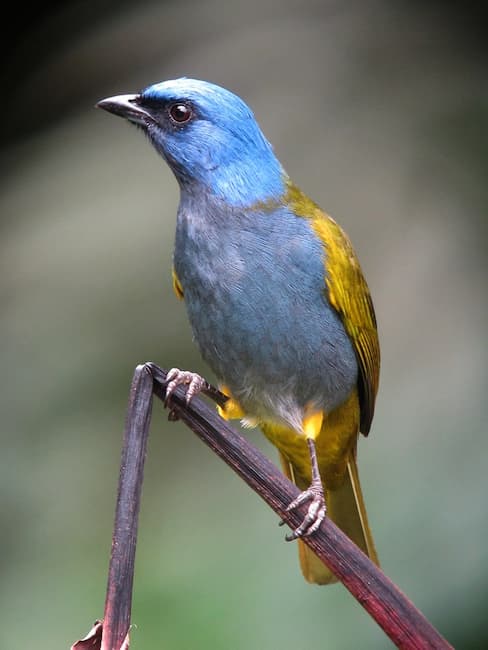
The male is characterized by its blue crown and nape, olive-yellow upperparts and tail, dusky mask through the eye, and gray throat and underparts. The female is similar in appearance, but the blue on the head is less pronounced.
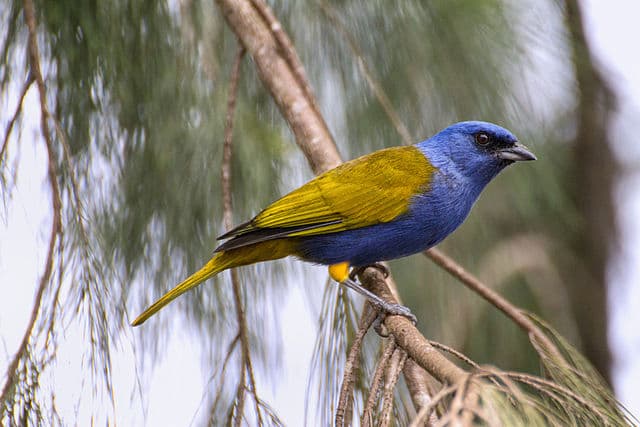
Blue-capped tanagers are found in humid to wet cloud forests, as well as scrub, broken-canopy and secondary forests on the eastern slopes of the northern Andes. They feed mainly on fruit, but have also been known to catch insects on the wing.
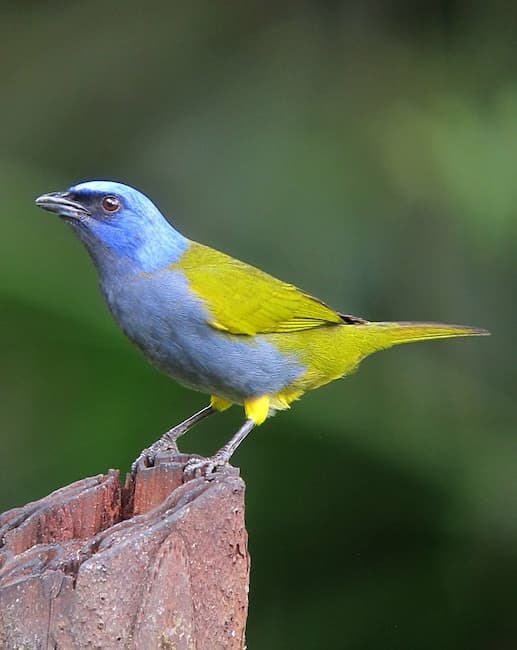
Little is known about the breeding biology of blue-capped tanagers. They are thought to breed between June and October, and their nests are cup-shaped structures made of stems, fibers, moss, and bark. The nests are typically placed about 8 meters above the ground.
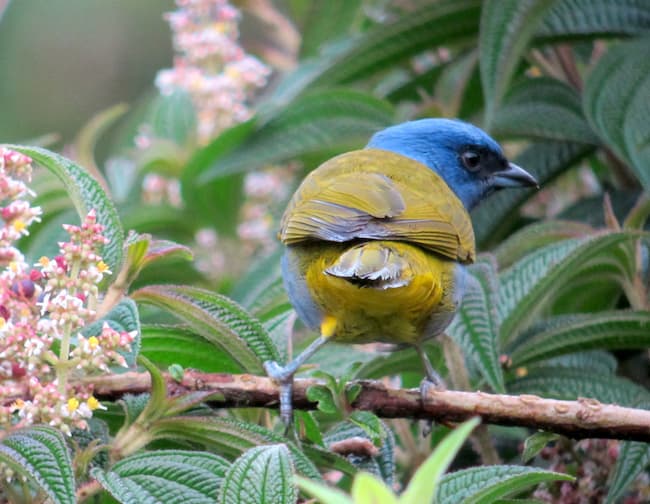
Blue-capped tanagers are considered to be of Least Concern on the IUCN Red List. Their large range and relatively common occurrence make them unlikely to be threatened in the near future.
